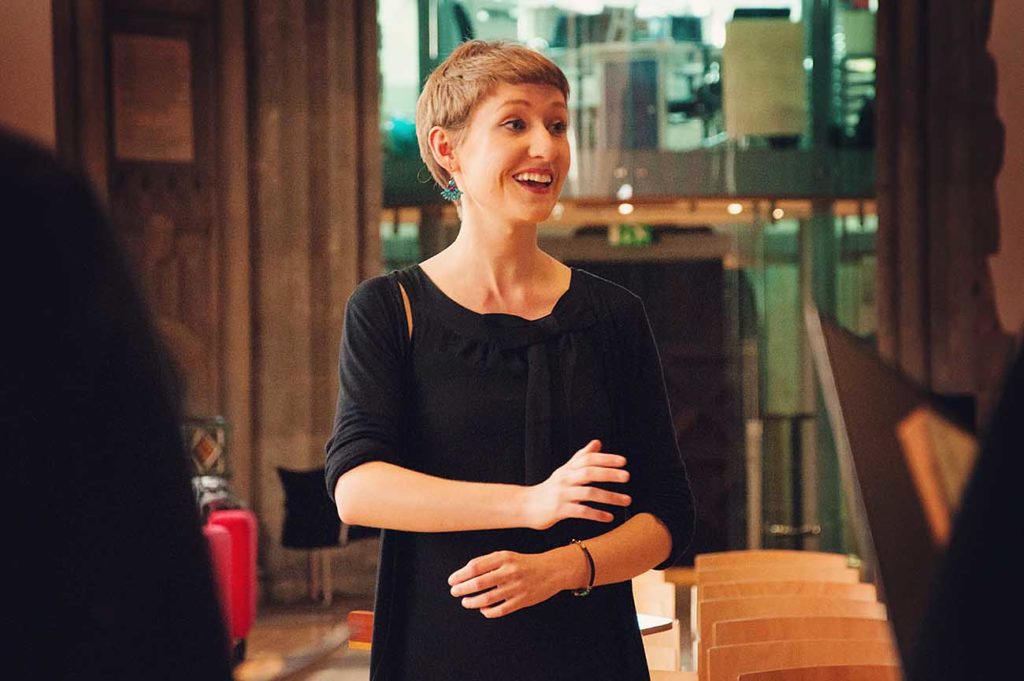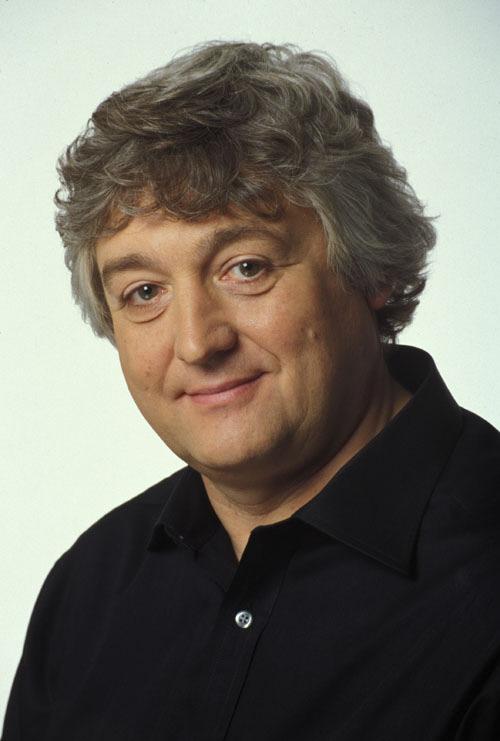
THE 2024 Yorkshire Schools Dance Festival will not go ahead.
“A significant increase in venue hire fees puts delivering the event beyond our financial capacity,” says producer Colin Jackson, who describes the annual November event as “the jewel in York’s children and young people’s creative crown”.
In an official statement released today, he states: “The festival has been held at the University of York since 1999. Our long-established and positive relationship with the university combined with the event’s strong community focus saw us attract a subsidised rate for the hire of Central Hall for many years.
“The charges made to cover building hire and staff costs made it an affordable and viable event to run. It meant that we were able to charge schools a reasonable rate to participate, offer wraparound enrichment activities for school staff and students and make the event accessible for all by keeping ticket prices low. It was very much a partnership between us and the university.”
The event was last held at Central Hall, University of York, in 2022. “Despite a 130 per cent increase in the hire rate from the previous year, we were able to balance the books through generous financial support from Yorkshire Dance and other sponsors/donors,” explains Colin.
The festival organisers entered into discussions with York Conferences, who manage bookings for the university, in 2023 and were informed that the hire charges would again rise by another 51 per cent.
“This represented a 242 per cent increase from the 2021 rate,” says Colin. “To provide an illustration, were the hire rates £1,000 in 2021, in 2023 they would have been £3,420. The actual figures and financial increase are, of course, far more.”
The 2023 festival was relocated to the Carriageworks Theatre in Leeds with the hope that the hire rates could be renegotiated for a return to the University of York this year.
“At the end of last year we were told that the figure quoted still stood,” says Colin. “Despite our best efforts since then to achieve additional sponsorship, we have not been able to plug the gap.
“Passing the increased costs on to schools would mean significant increases in the fee to participate and ticket prices. While some schools and families could have afforded this, many would have struggled to either take part or come along to watch and removed our core objective to make the festival wholly inclusive.”
The festival organisers wrote to the University of York’s vice chancellor last year, stressing the festival’s importance for the 1,200 children and young people that took part every year and emphasising the value of the event in supporting the university’s Strategic Vision to exist for public good and the founders’ vision for strong social purpose, combating inequality and opening up access to the campus. “Our approach made no impact,” says Colin.
“Central Hall is the perfect location for the event,” the statement continues. “A large auditorium, backstage areas and additional rooms meant that we could comfortably accommodate the children, young people and staff from schools, as well as the families that came along to watch.”
While the model at The Carriageworks was successful, limited space made for a far smaller event with a reduced number of schools taking part and reduced capacity for audiences.
“At this stage, we feel we have no choice but to cancel the event,” says Colin. “We continue to hope that the university can reconsider their position and see the event for what it is.
“Not only does it have huge benefits for schools, teachers, students and pupils, its impact upon the local economy is marked. The event provided significant employment opportunities for freelance dance artists, freelance event staff and wider providers.
“We know that the festival has put dance on the map in many schools and resulted in enhanced curriculum provision for the subject. It has long been the jewel in York’s children and young people’s creative crown.”
“We have done all we can,” Colin concludes. “If you feel it appropriate to do so, you can make contact with the University of York or York Conferences.
“We must stress that we do not expect the event to make a loss for the university and we recognise that there are financial challenges for them as well as us.
“We suspect, however, that the two weekends in November that are normally earmarked for the festival will see Central Hall either dark or holding events that are not for social purpose, designed to combat inequality or open up access to the campus.”
CharlesHutchPress has contacted the University of York press office this morning for an official response and is awaiting a reply.


